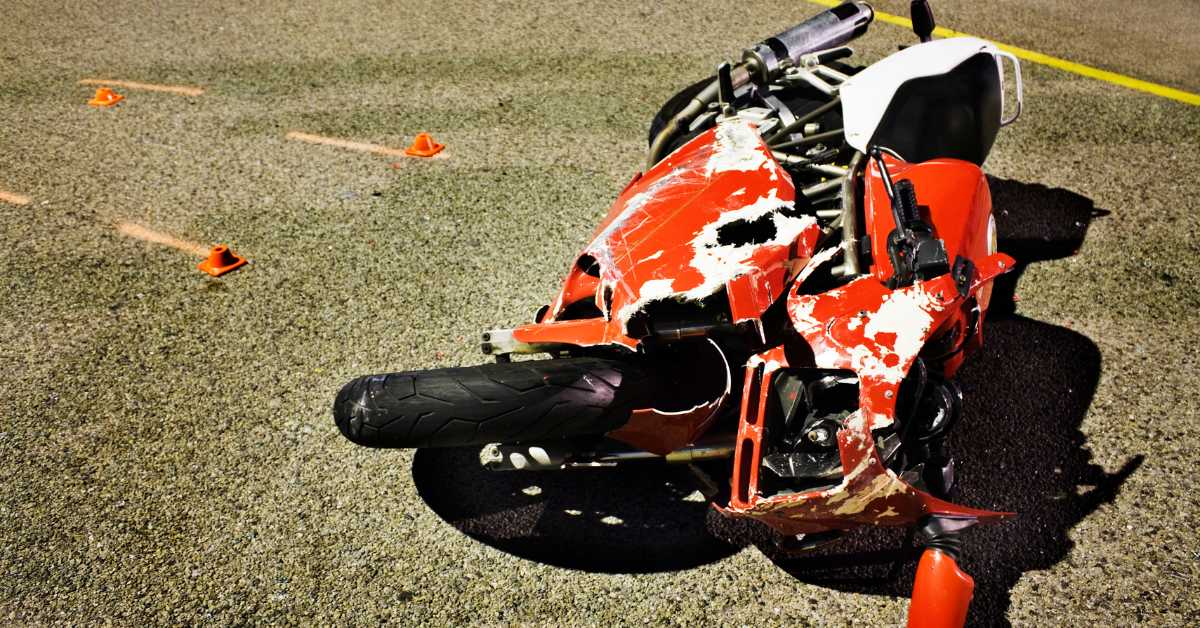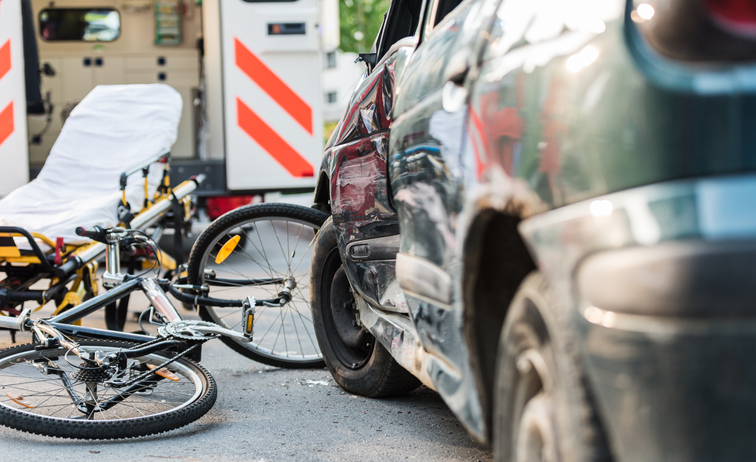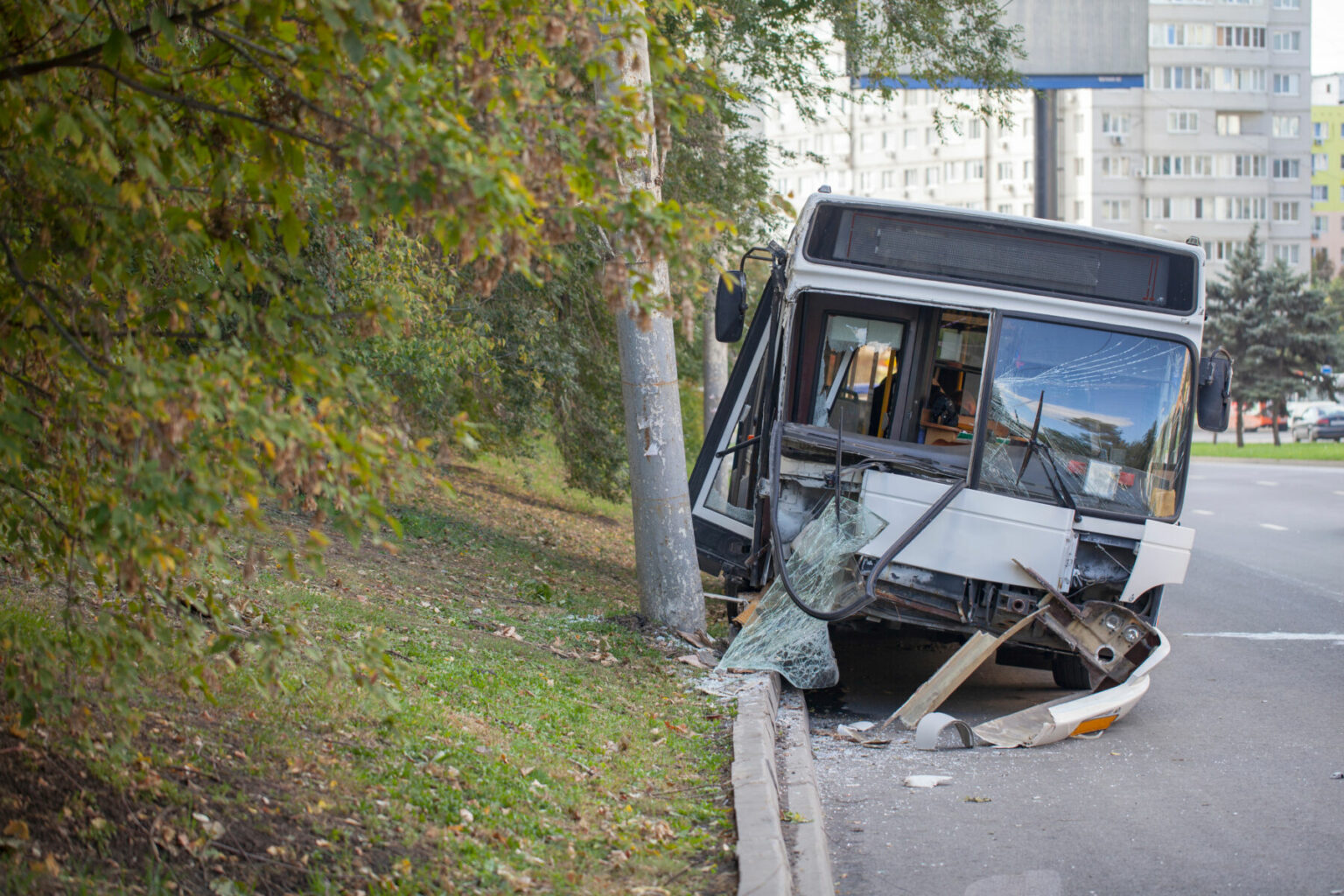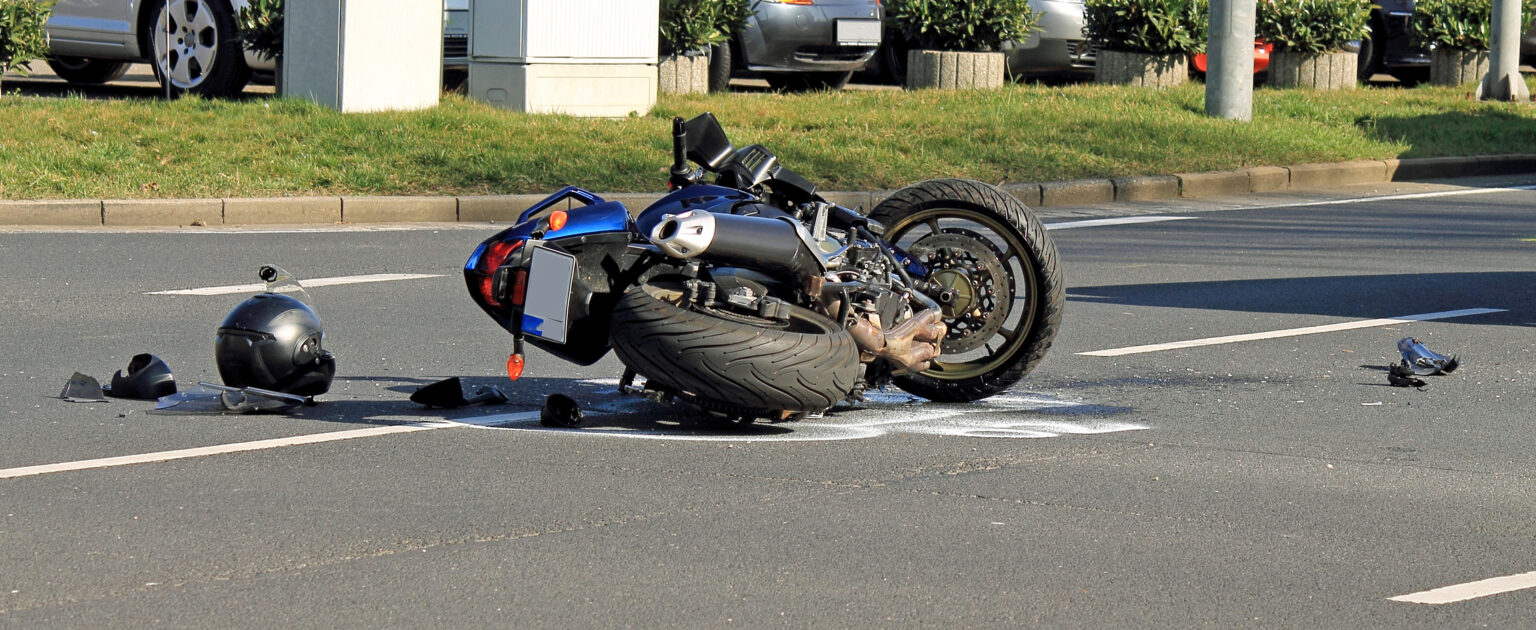Long on Physicians’ Radar: Trampoline Injury Concerns

“Can we keep it, dad?”
That recent query from the children of an orthopedic surgeon concerning
a background trampoline featured at a home the family just purchased was
met by a resounding and nonnegotiable response.
“Forget it,” said Dr. Greg Lervick.
The doctor’s judgment-laden answer might not be firmly echoed in
the general public across Indiana and other states, but other heads in
the medical community virtually nod in unison when they hear it.
The bottom line: Health care providers – especially surgeons and
emergency room doctors – do not like the commercial trampolines
that are central attractions in millions of Americans’ backyards.
And they point to sobering empirical evidence to back their informed judgments.
Like this, for instance: an estimated 90,000 emergency room visits annually
in the United States from parents bringing in children suffering from
highly varied and sometimes catastrophic trampoline-linked injuries.
And this: the front-and-center observations of the legions of doctors across
the country who deal with those injuries in an immediate way.
“I’ve seen fractures, sprains, concussions, ligament damage,
kids with neck and spinal cord injuries,” says one MD and pediatrics
professor.
“The risk outweighs the benefits, the joy isn’t big enough,”
states another. Dr. Wendy Sue Swanson, who works with the American Academy
of Pediatrics, says that while she and her peers understand the instant
lure of a trampoline for a child, the benefit of removing it from the
yard is simply “a no-brainer.”
The AAP has been recommending that for years, with its initial warning
coming back in 1977. It has periodically issued progressively stronger
proclamations over ensuing years.
Categories:
Related Blog

How Can Birth Injuries Be Prevented and What Are My Rights If My Child Is Injured?

Roy T. Tabor of Tabor Law Firm Recognized in The Best Lawyers in America 2025 Edition

Pedestrian Safety in Downtown Indianapolis Has Become a Hot Topic. What Can You Do to Protect Yourself?

Bicycle Accidents are on the Rise in Indiana. What Can You Do to Prevent a Bicycle Accident?

Understanding the Causes of Motorcycle Accidents in Indianapolis: An Analysis of Recent Data

Indianapolis Drunk Driving Accidents and How to Handle them with a Personal Injury Attorney

Two Mothers & Two 12-year-old Daughters Killed in Crash While Headed to Volleyball Tournament


























































































